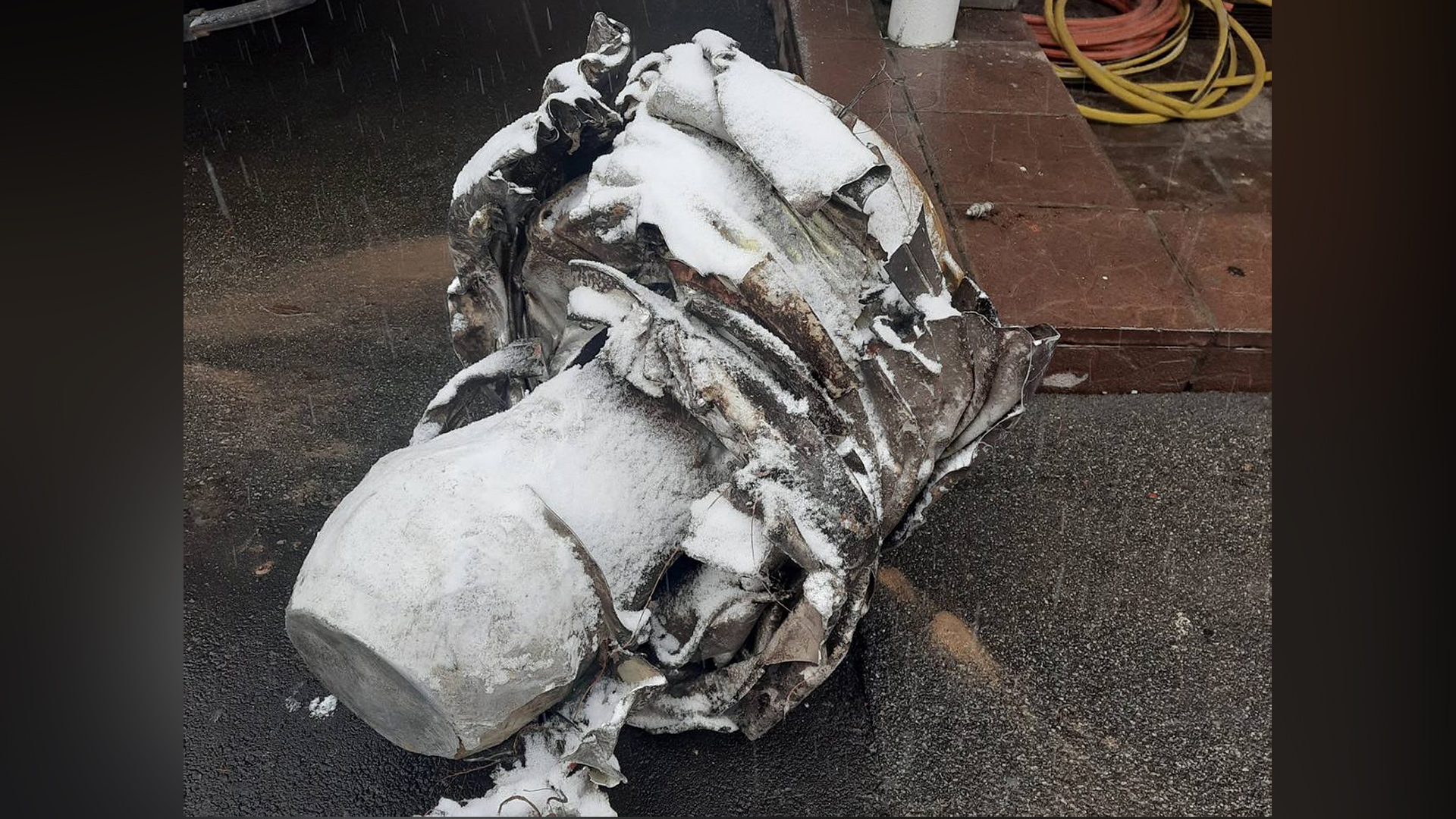Russia has launched a Kh-55 cruise missile against Ukraine with its normal nuclear warhead removed, according to a report from a Ukrainian news outlet. The claim, which is yet to be independently verified, is nonetheless plausible and, although the evidence available is so far inconclusive, it would be in keeping with Russia employing older cruise missiles as its stocks of more modern weapons continue to be depleted.
The story appears to have originated from the Ukrainian Defense Express website but has since spread widely. The original report describes events from yesterday, November 17, during which Russia launched cruise missiles as well as ‘kamikaze’ drones against Ukrainian targets, including in Kyiv. Citing “open sources,” the report states that, as of 10:40 AM yesterday, Ukrainian air defenses had shot down at least two cruise missiles and at least four drones.
The day’s missile strikes also targeted the city of Dnipro, as well as the Odesa and Kharkiv oblasts. The attacks came two days after a major barrage involving around 90 missiles, in what was the biggest attack of its kind since the war began. In all these recent raids, the Ukrainian energy system and critical infrastructure have been the primary targets.
Most interesting, however, is the claim that one of those cruise missiles shot down over Kyiv yesterday was an air-launched Kh-55, known to NATO as AS-15 Kent. The missile reportedly had “no warhead at all,” according to unnamed sources.
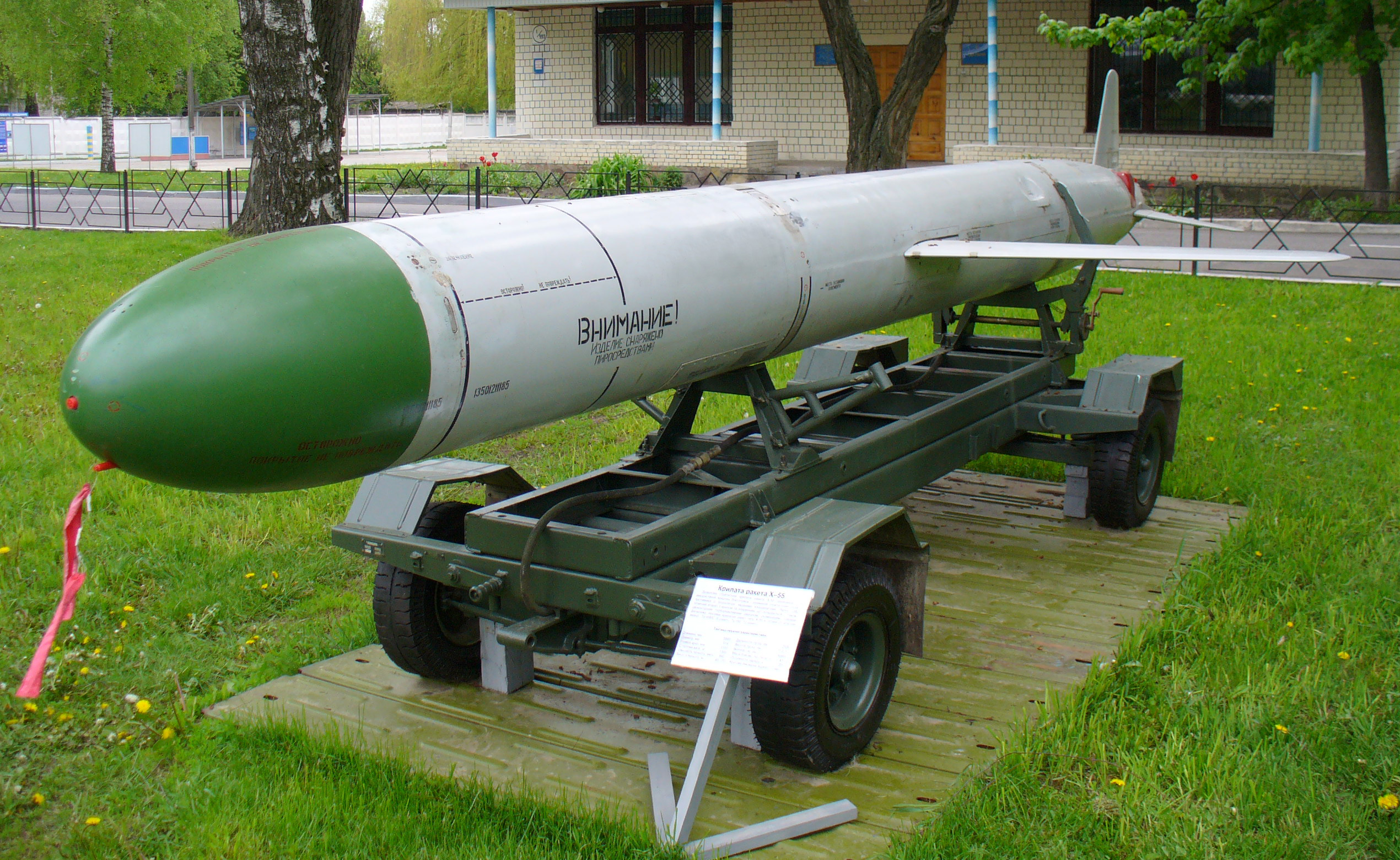
“Instead of a warhead, a block was ‘screwed’ into this Rashist missile, which acted as an imitator of a nuclear warhead,” the report continues.
If this is truly the case, and we have yet to confirm if it is, the implication is clear. Russia has begun taking nuclear-armed cruise missiles from its stockpiles and is repurposing them for conventional use against Ukraine. This would involve taking the nuclear warhead out of the front section of the weapon and replacing it with some kind of ballast, or even a conventional warhead, to preserve its flying qualities.
Such a weapon would retain the performance and accuracy of the original Kh-55. But with no explosive charge at all, its effect would be limited. In fact, beyond a limited strictly kinetic punch, it would be little more than a decoy that would put further pressure on Ukraine’s air defenses and provide a false target, increasing the likelihood of ‘real’ missiles and drones getting through. Nevertheless, this would be a potentially useful tool for these missile strikes, especially as it would so closely resemble a genuine conventionally armed cruise missile.
The Defense Express article provides a single photo of wreckage that’s purported to be part of the adapted Kh-55 in question (seen at the top of this article), although it’s not stated which part. The War Zone has approached experts on the subject to help identify the wreckage, but this is so far inconclusive. There have been some suggestions it shows part of the engine and there remains the possibility that this is part of a different type of weapon altogether.
As for the Kh-55, this was first developed in the mid-1970s as a subsonic strategic cruise missile and was selected in favor of the more radical, supersonic 3M25 Meteorit, which you can read more about here. Its primary launch platform was the Tu-95MS Bear-H bomber and, later, the Tu-160 Blackjack supersonic bomber.
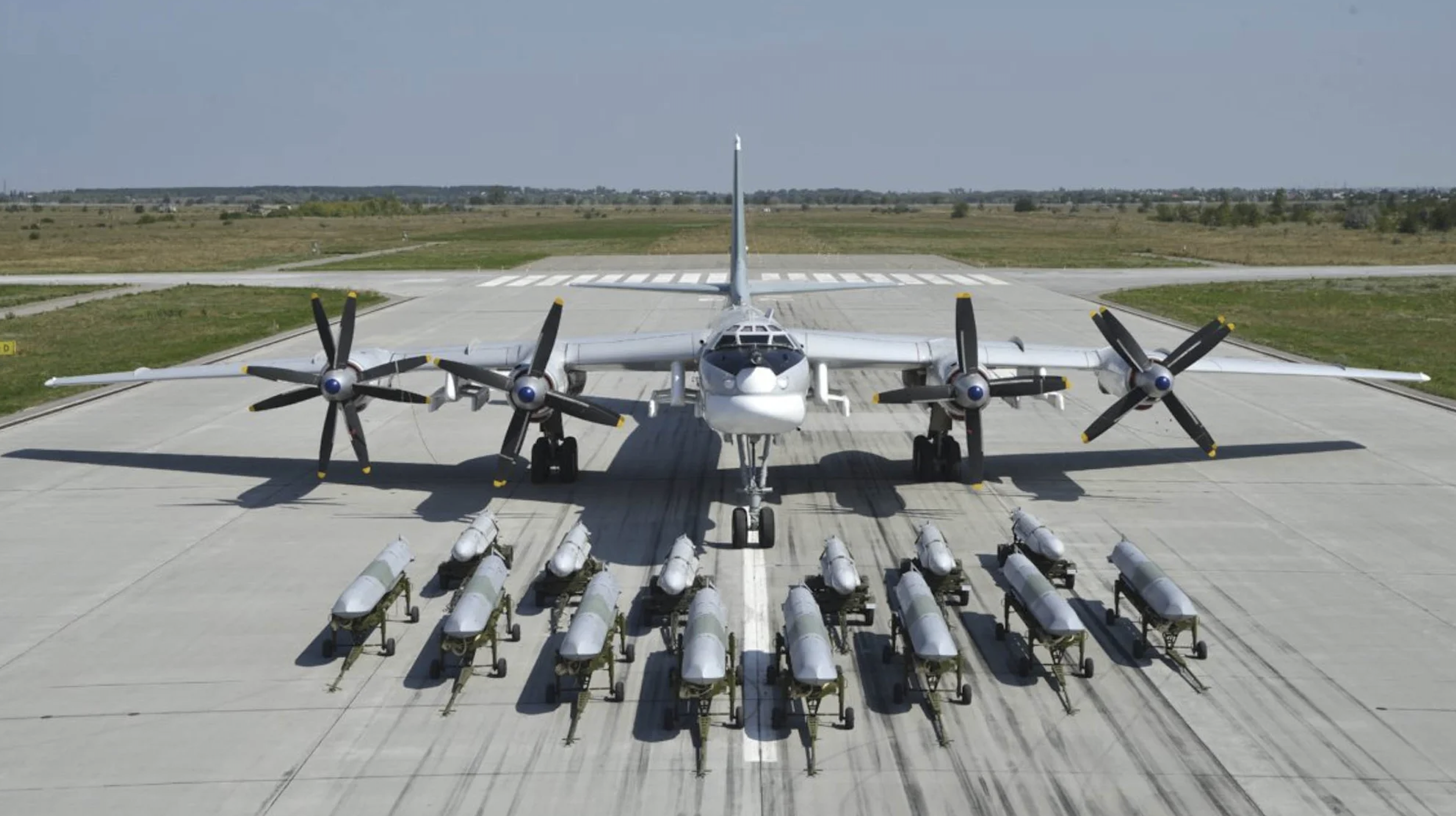
The Kh-55 is powered by a turbofan engine and has a pop-out un-swept wing and folding tail control surfaces. The missile can be used against targets with known coordinates, being guided through a combination of an inertial navigation system and terrain contour matching (TERCOM).
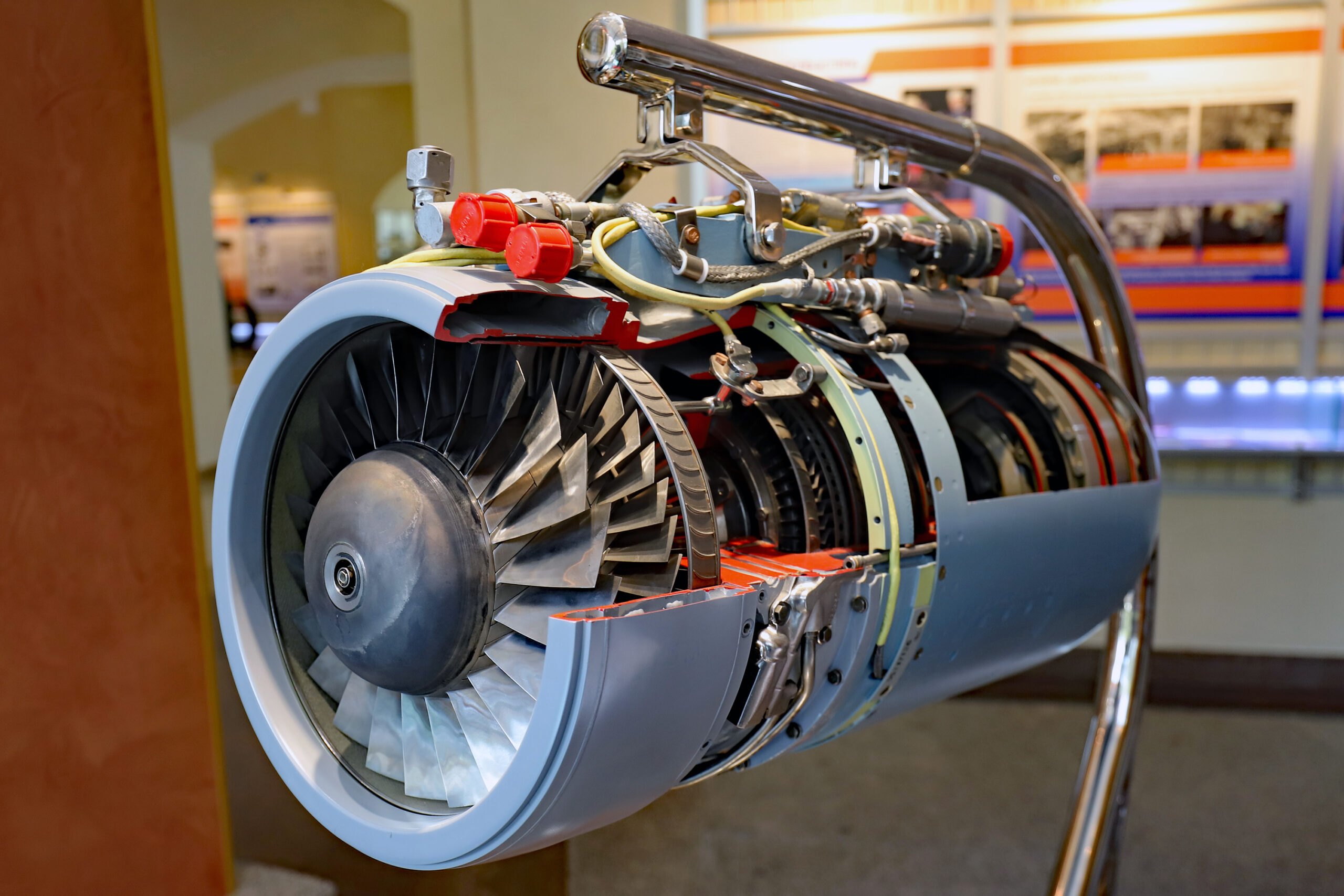
Series production of the Kh-55 began, ironically, in Kharkiv, Ukraine, in December 1980 and production later switched to the improved Kh-55SM version, which featured additional fuel tanks along the side of the missile body for a longer range.
All operational Kh-55 and Kh-55SM missiles were fitted exclusively with a nuclear warhead, reportedly with a 200-kiloton yield.
Around 2,500 missiles of all versions were eventually built but, with the end of the Cold War, there was a requirement for conventionally armed cruise missiles. This led to the conversion of Kh-55s and Kh-55SMs to the new Kh-555 (AS-22 Kluge) standard, now with a 660-pound conventional warhead. For the required greater precision, a new guidance system is used, with a combination of inertial navigation, satellite navigation, TERCOM, and electro-optical terrain recognition.
As we have discussed before, an unknown number of Kh-55s — perhaps around 40 — were converted into Kh-555s in the mid-2000s. It seems this stock was already exhausted during the Russian operation in Syria when, in November 2015, Tu-95MS and Tu-160 bombers launched 35 Kh-555 missiles.
As a result, the Russian bomber force has primarily made use of the second-generation Kh-101 (AS-23A Kodiak) cruise missile. This is an altogether more advanced weapon, with low-observable qualities, which was developed alongside the nuclear-armed Kh-102 to supersede the Kh-55/Kh-555.
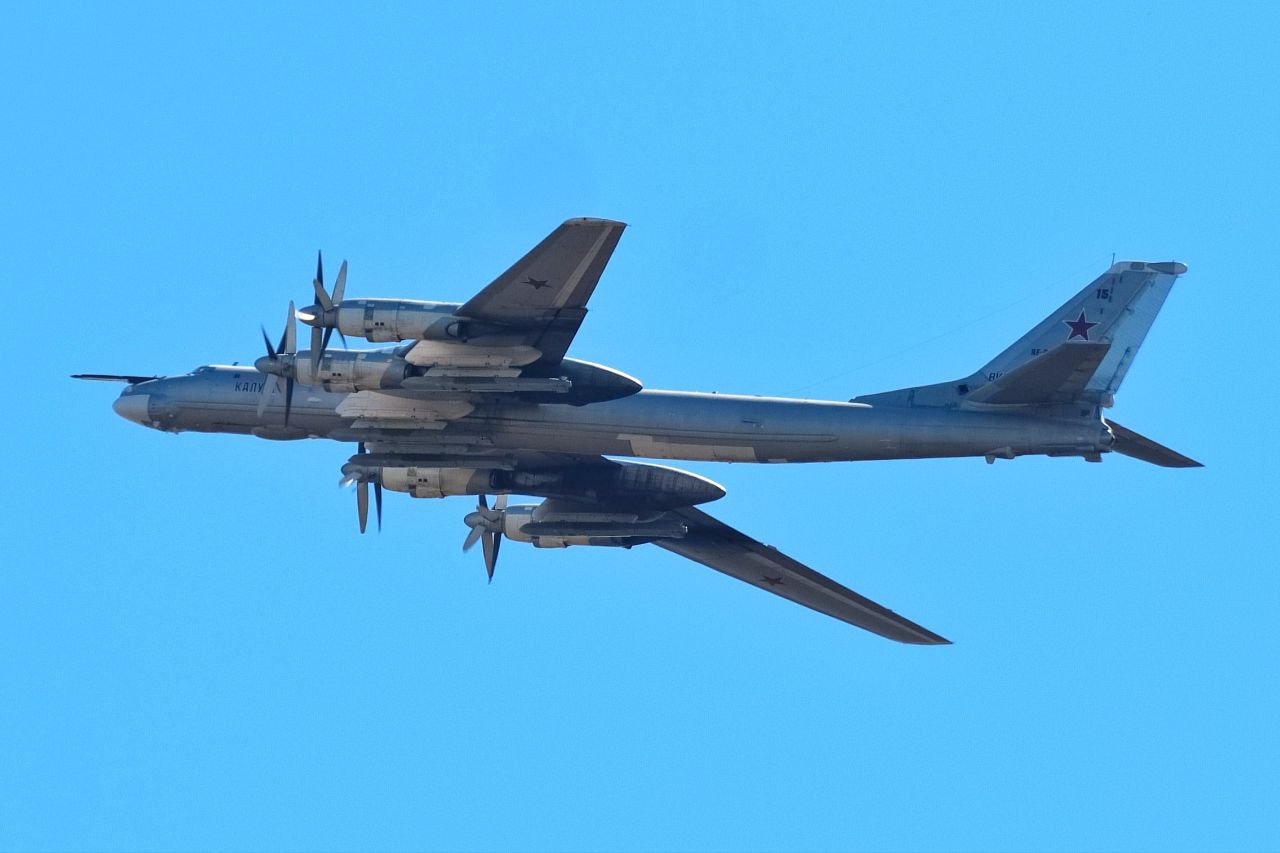
There are multiple accounts of how stocks of Russian cruise missiles have been seriously depleted by the war in Ukraine, with the advanced Kh-101 apparently having been among the most popular weapons, especially for strikes on high-priority targets in the western reaches of the country. According to some sources, Russia may already have used two-thirds of the total precision-guided munitions available at the start of the conflict in February.
The diminishing availability of the Kh-101 and other more modern cruise missiles has seen Russia introduce other weapons instead. Iranian-supplied ‘kamikaze’ drones are an example of this, as are Cold War-era Kh-22 anti-ship missiles that have been used against land targets by Tu-22M3 Backfire-C bombers — a role in which they are poorly suited.
At the same time, Ukraine has begun to introduce increasingly more capable ground-based air defense systems. Weapons like the IRIS-T SLM and the NASAMS have been acquired, to a significant degree, to help address the problem of Russian cruise missile strikes. Initial reports from the Ukrainians do, at least, suggest that these air defense systems are already proving successful in intercepting these missiles.
Provided the Defense Express account is correct, it may well be the case that Russia has decided it makes sense to lose older Kh-55s from its inventory and instead use them (sans warhead) as a means to disrupt Ukrainian air defenses. That would make particular sense if those same Kh-55s were reaching the end of their shelf lives. Better to use them unarmed to spoof hostile air defense systems or attempt to hit a target, albeit with limited damage, than simply scrap them.
It’s also possible that Kh-55s could be used in the same role with no modification at all. This would involve taking inert rounds, designed for training bomber crews, and launching them toward targets in Ukraine. The effect of decoying the air defenses would be the same, but it would likely be even easier to achieve, with no substantial modifications required.
Interestingly, the Defense Express account claims it’s impossible to fit a conventional charge in a Kh-55, which would be another potential option for putting these weapons to use in Ukraine. That’s clearly not the case, as the Kh-555 has demonstrated, although it may well be that the complexity of that modification is not worth the effort, compared to building new Kh-101s.
As to suggestions from some observers that the use of denuclearized Kh-55s is intended as some kind of signal to the West about Russia’s potential to use nuclear weapons in the conflict, this seems entirely fanciful. After all, the Kh-101 and Kh-22 that have already been widely launched by Russian bombers are also both available with nuclear warheads. The West is fully familiar with the capabilities (and limitations) of the Russian nuclear arsenal.
As stated earlier, we currently don’t know for sure that Russia is using unarmed or modified Kh-55s in Ukraine, whether the wreckage in question was actually a ‘dud’ Kh-55, or if the missile was an unrelated weapon.
The nature of the claim means that it has meanwhile been picked up by both pro-Ukrainian and pro-Russian media outlets. For the Ukrainians, it’s more evidence of Russian desperation as weapons stockpiles continue to be depleted. For Russia, the fact that Ukrainian air defenses were ‘fooled’ into downing an essentially harmless decoy is cause for celebration.
We have reached out to experts in the nuclear field to help with further identification, but we may well have to wait for more wreckage before we get a definitive answer.
Contact the author: thomas@thedrive.com
